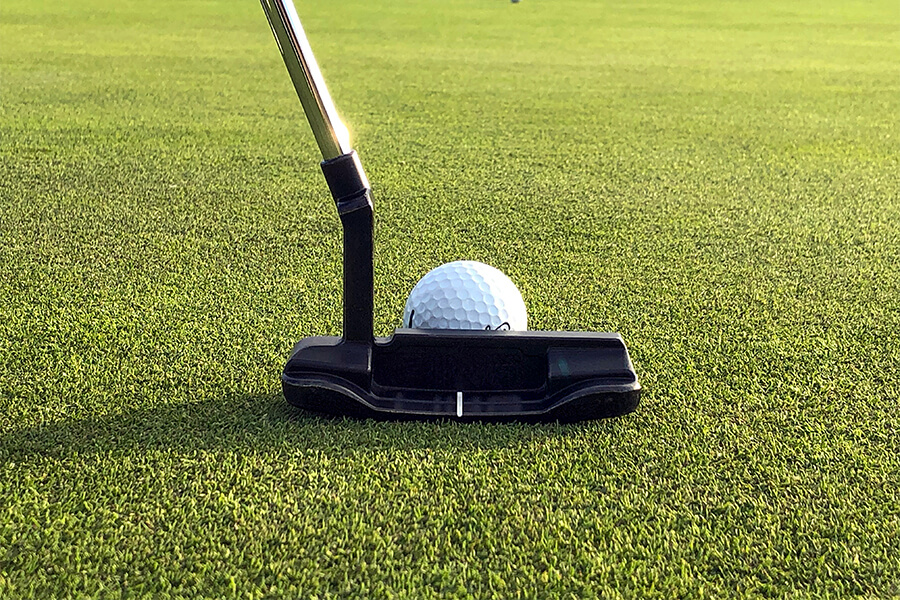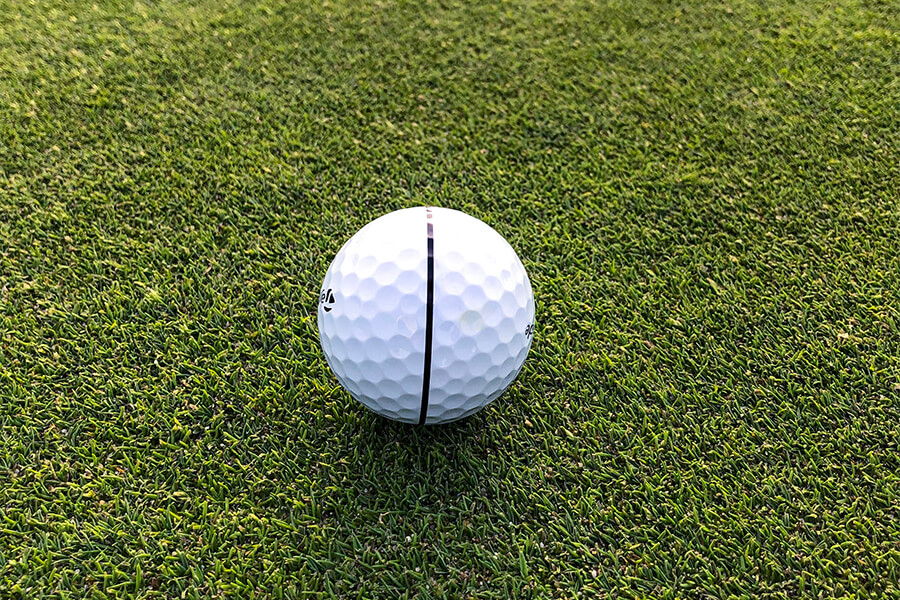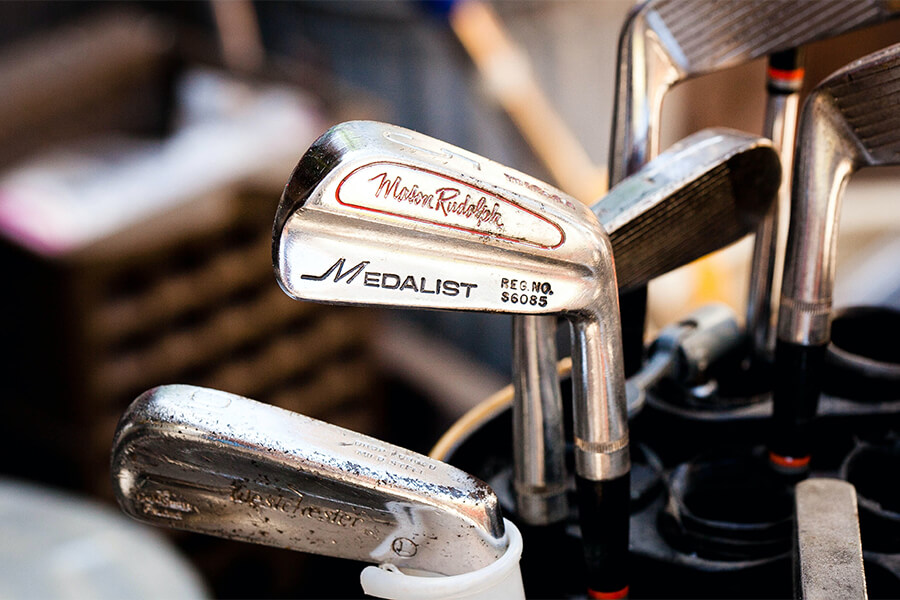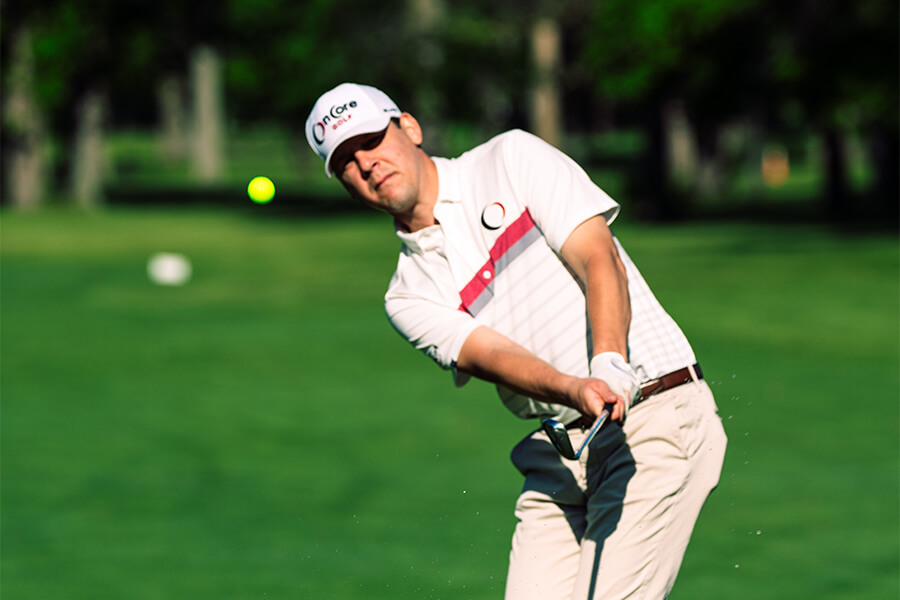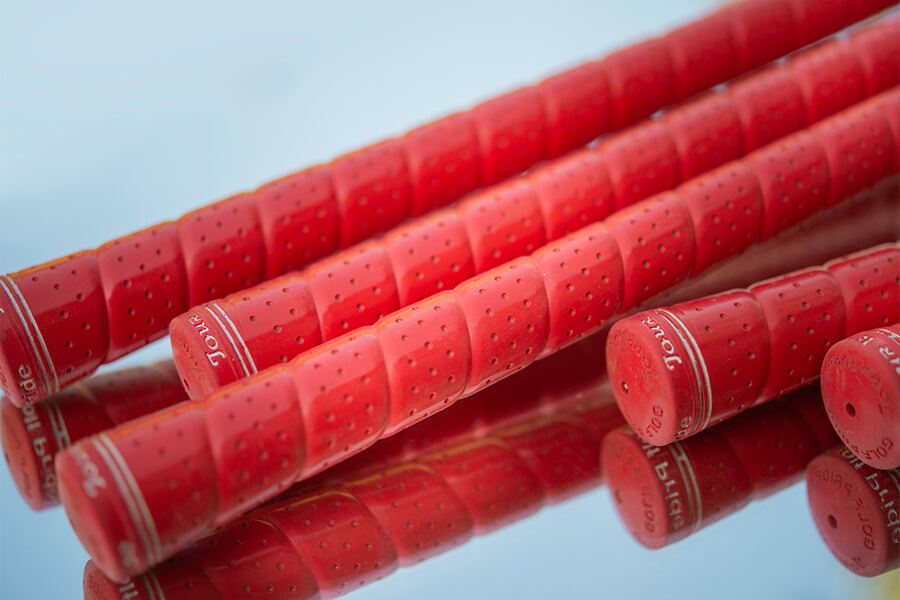For many golfers, drawing a golf ball or hitting a left-to-right shot (for right-handed players) is the ideal shot. You may be able to hit the ball over obstructions or into a better position on the green with its assistance. In this post, we’ll examine the mechanics and tactics involved in pulling a golf ball and show you how to perfect this shot.
Understanding the Physics of a Draw
Understanding the physics of the draw shot is the first step to mastering it. The direction of the clubhead and the angle of the clubface at contact both contribute to a draw shot. The path of the clubhead is the direction it is travelling in reference to the target line, whereas the angle of the clubface is where it is in regard to the target line. When the clubface is slightly closed and the clubhead’s path is just to the left of the target line, a draw shot is made. The ball spins in a clockwise direction as a result, causing it to bend to the right.
Setting up for a Draw Shot
Setting up properly for the shot is the next step in mastering the draw shot. It’s crucial to maintain an open stance and position your body just to the left of the target line when hitting a draw. This will enable you to generate a draw by creating a more inside-out swing route. It’s also crucial to hold the club softly and maintain a comfortable posture with your hands, arms, and body. You can increase the speed and range of your shots by doing this.
The Draw Swing
It’s crucial to comprehend the differences between a straight stroke and a draw swing. Maintaining firm wrists throughout the downswing is crucial for a fluid and seamless swing. You can increase the speed and range of your shots by doing this. Keeping your head motionless and your eyes fixed on the ball is also essential. You can make a shot that is more accurate by doing this. Making sure the clubhead stays just to the left of the target line throughout the swing and that the clubface is just slightly closed at impact are essential components of striking a successful draw shot.
Playing Different Types of Draw Shots
It’s crucial to learn how to execute various draw shots once you have a solid grasp of the draw swing’s fundamentals. Low draws, high draws, and draws with various degrees of curvature all fall under this category. High pulls are best for shots that must stop immediately on the green, while low draws are best for strokes that must roll along the ground. It’s also critical to master controlling the ball’s degree of curvature. The clubface angle and swing path can be altered to achieve this.
Practice and Repetition
Practice and repetition are the keys to perfecting the draw shot and improving as a golfer. You will get more at ease with the shot and the various types of shots you can make the more you practice. Also, it’s crucial to rehearse under various circumstances and with various lies. This will make you a more adaptable golfer who can make shots in any circumstance.
Keep in mind that the draw shot is challenging to learn and that getting it right may require some time and practice. You’ll soon be hitting a perfect draw if you keep honing your swing and experimenting with different clubface and swing paths. Having a range of shots in your arsenal is a smart idea because a draw shot isn’t always the best option in every circumstance.
In conclusion, pulling a golf ball is a shot that many golfers find to be desired since it may be used to get the ball over a hazard or into a better position on the green. Mastering this shot requires a thorough understanding of the mechanics involved, proper setup, good swing technique, repetition, and practice with various draw shots. You’ll be able to hit the ideal draw shot and advance your golf game with practice and perseverance.




